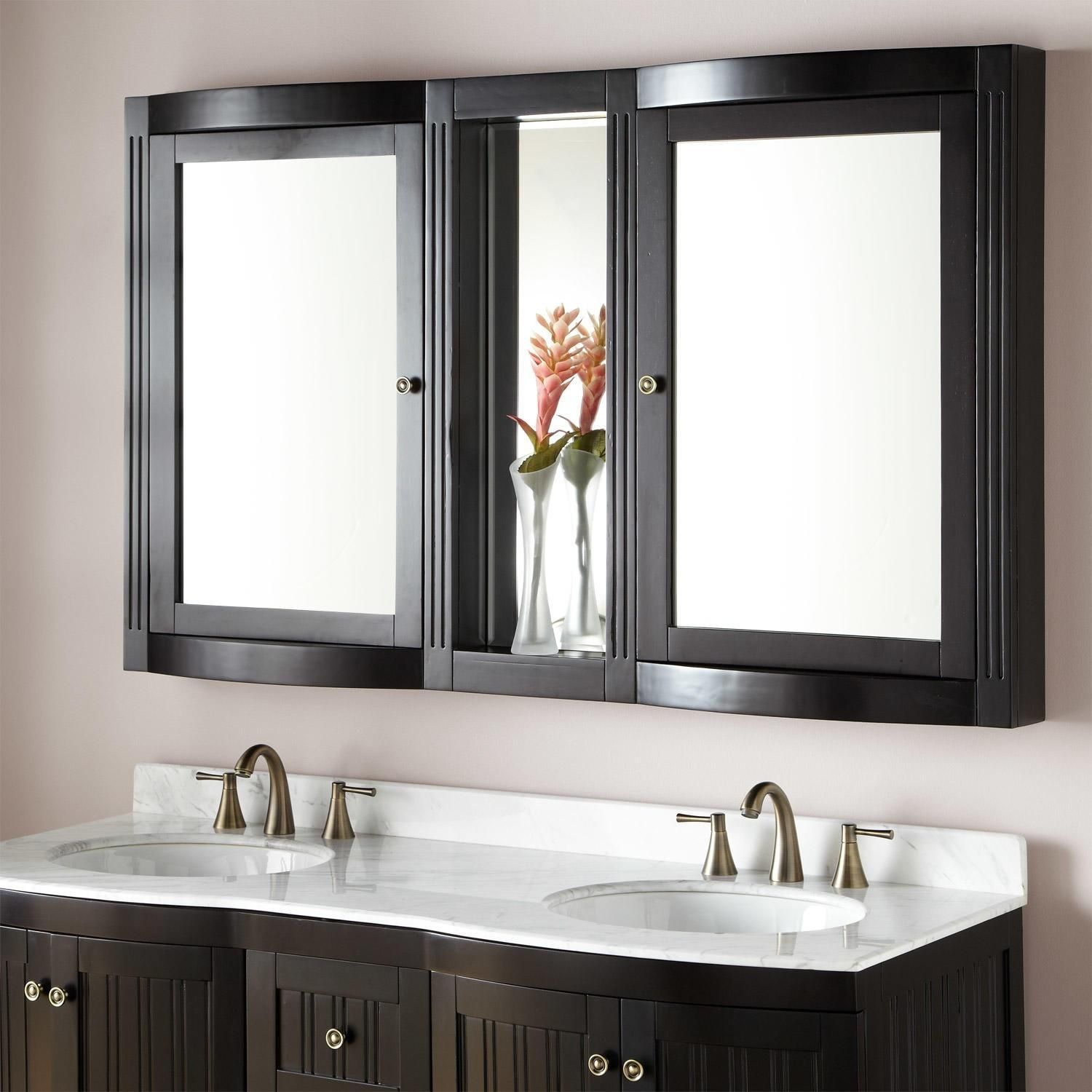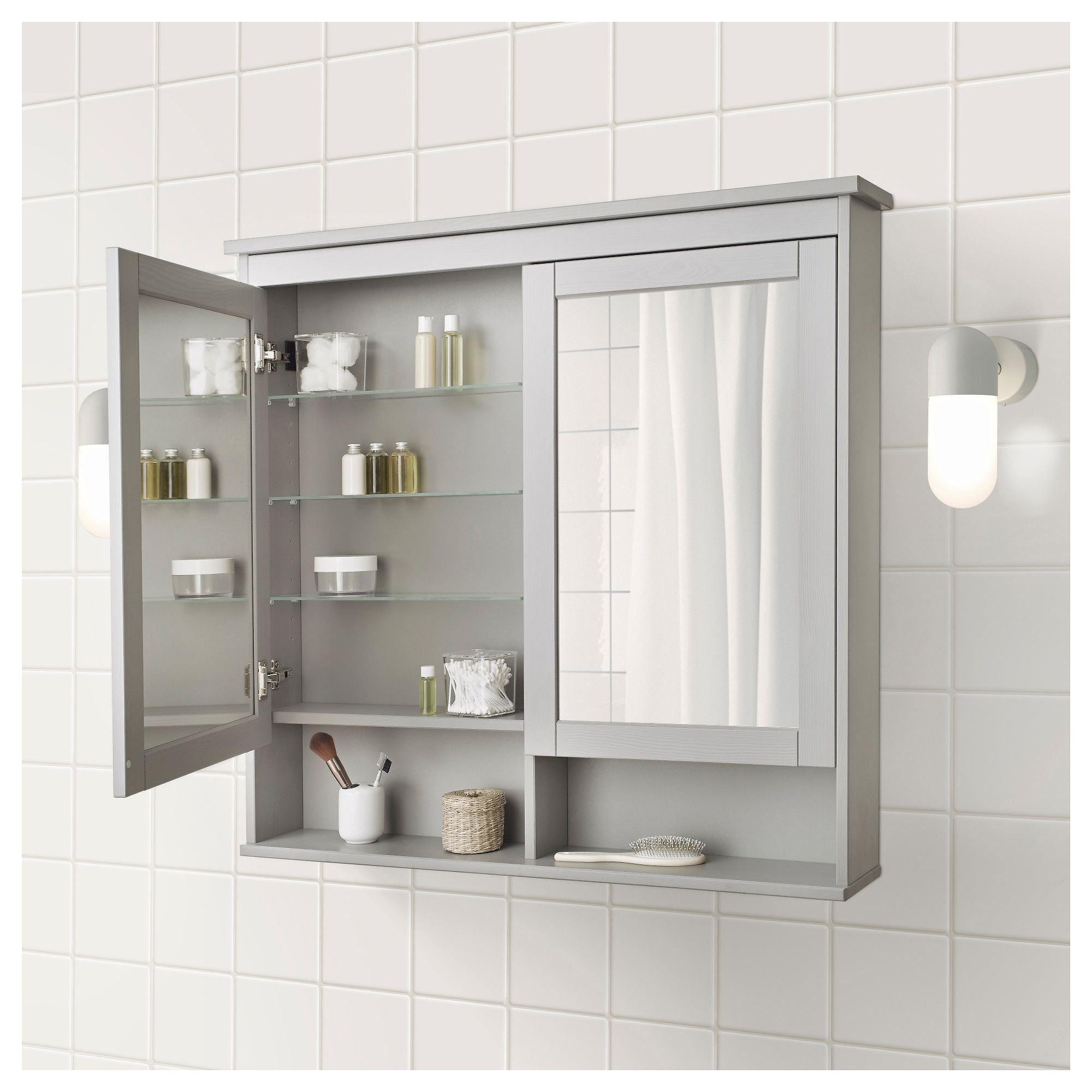Essential Features for a Small Bathroom Medicine Cabinet

A small bathroom doesn’t mean you have to sacrifice storage space. The right medicine cabinet can be a lifesaver, offering a clever solution to keep your essentials organized and within easy reach. But with limited space, it’s crucial to choose a cabinet that maximizes functionality. Here are some essential features to look for when selecting the perfect medicine cabinet for your small bathroom:
Space-Saving Features
A well-designed medicine cabinet can significantly enhance your bathroom’s organization and functionality, especially in a small space. To maximize storage and minimize clutter, look for cabinets with space-saving features.
- Adjustable Shelves: Adjustable shelves are a game-changer in a small bathroom. They allow you to customize the cabinet’s interior to accommodate items of varying heights, making the most of every inch of vertical space. For example, you can create a dedicated space for taller bottles, leaving the lower shelves for smaller items like toiletries and cosmetics.
- Mirrored Doors: Mirrored doors serve a dual purpose: they provide a reflective surface and visually enlarge the space. A mirrored medicine cabinet can create an illusion of a larger bathroom, making it feel more spacious and inviting.
- Built-in Organizers: Built-in organizers, such as trays, baskets, or dividers, help you categorize and separate your bathroom essentials. This makes it easier to find what you need quickly and prevents items from getting lost in a jumbled mess. You can even find cabinets with pull-out drawers for additional storage and organization.
Illumination
A well-lit medicine cabinet is essential for applying makeup, shaving, or performing any other tasks that require good visibility.
- Built-in Light Source: A medicine cabinet with a built-in light source eliminates the need for an external mirror light, freeing up valuable counter space. Look for cabinets with LED lights, which are energy-efficient, long-lasting, and provide bright, even illumination.
Material Considerations
The bathroom environment is often humid, making it crucial to choose a medicine cabinet that can withstand moisture and resist corrosion.
- Moisture-Resistant Materials: Opt for cabinets made from moisture-resistant materials like aluminum, stainless steel, or coated wood. These materials are less prone to rusting and warping in humid conditions, ensuring your cabinet remains durable and functional for years to come.
Types of Medicine Cabinets for Small Bathrooms: Best Medicine Cabinet For Small Bathroom

When choosing a medicine cabinet for your small bathroom, you’ll encounter several options, each with its own advantages and disadvantages. Understanding the different types of medicine cabinets will help you make an informed decision that best suits your needs and space constraints.
Over-the-Counter Medicine Cabinets
Over-the-counter medicine cabinets are a popular choice for their affordability and ease of installation. These cabinets are typically mounted on the wall above the sink, offering convenient access to toiletries and medications.
Advantages
- Cost-effective: Over-the-counter medicine cabinets are generally the most affordable option, making them an attractive choice for budget-conscious homeowners.
- Easy installation: Installing an over-the-counter medicine cabinet is usually straightforward, requiring minimal tools and expertise.
- Wide variety of styles: Over-the-counter medicine cabinets come in various sizes, shapes, and designs, allowing you to find one that complements your bathroom’s aesthetic.
Disadvantages
- Limited storage space: Over-the-counter medicine cabinets typically have less storage space compared to recessed or mirrored cabinets, which can be a drawback for larger families or those with extensive toiletries.
- Protrusion from the wall: These cabinets protrude from the wall, taking up valuable space in a small bathroom, especially if you have limited floor space.
- Less durable: Over-the-counter medicine cabinets are often made from less durable materials, which can affect their longevity.
Installation Process
Installing an over-the-counter medicine cabinet is relatively simple. You’ll need the following tools and materials:
- Level: To ensure the cabinet is installed straight.
- Pencil: To mark the installation location on the wall.
- Drill: To create pilot holes for the screws.
- Screwdriver: To secure the cabinet to the wall.
- Stud finder: To locate wall studs for secure mounting.
- Tape measure: To measure the desired height and width for the cabinet.
- Determine the installation location: Use a tape measure and level to find the ideal height and position for the cabinet above the sink.
- Mark the wall: Use a pencil to mark the mounting points on the wall.
- Locate wall studs: Use a stud finder to ensure the screws are secured to the wall studs for maximum support.
- Drill pilot holes: Drill pilot holes at the marked locations using a drill bit slightly smaller than the screws.
- Secure the cabinet: Align the cabinet with the marked points and use a screwdriver to fasten the screws through the pilot holes into the wall studs.
Recessed Medicine Cabinets
Recessed medicine cabinets offer a sleek and space-saving solution for small bathrooms. These cabinets are installed flush with the wall, maximizing usable space and creating a clean, uncluttered look.
Advantages
- Space-saving: Recessed medicine cabinets don’t protrude from the wall, making them ideal for maximizing limited space in small bathrooms.
- Sleek and modern: Recessed cabinets create a clean and contemporary aesthetic, enhancing the overall look of your bathroom.
- Increased storage: Recessed cabinets often provide more storage space than over-the-counter cabinets, accommodating a larger amount of toiletries and medications.
- Durable: Recessed cabinets are typically made from high-quality materials, ensuring durability and longevity.
Disadvantages
- More complex installation: Installing a recessed medicine cabinet requires more time and expertise, often involving cutting into the wall and installing a frame.
- Higher cost: Recessed cabinets are generally more expensive than over-the-counter cabinets due to the increased labor and materials involved.
- Limited availability: Recessed cabinets may not be available in as wide a range of styles and sizes as over-the-counter cabinets.
Installation Process
Installing a recessed medicine cabinet is a more involved process that requires professional expertise for optimal results. Here’s a general overview:
- Wall preparation: The area where the cabinet will be installed needs to be prepared by removing existing wall coverings and ensuring the wall is flat and smooth.
- Framing: A frame is constructed around the cabinet opening using wood or metal studs, providing support for the cabinet and creating a flush surface with the wall.
- Cabinet installation: The cabinet is then installed within the frame, ensuring proper alignment and secure mounting.
- Finishing: The opening is finished with drywall, plaster, or other suitable materials, creating a seamless look with the rest of the wall.
Mirrored Medicine Cabinets
Mirrored medicine cabinets combine the practicality of storage with the visual appeal of a mirror, making them a popular choice for small bathrooms. They reflect light, making the space feel larger and brighter.
Advantages
- Space-saving: Mirrored cabinets can replace a separate mirror, saving valuable wall space in a small bathroom.
- Enhanced lighting: The mirrored surface reflects light, making the bathroom appear brighter and more spacious.
- Convenient storage: Mirrored cabinets offer ample storage space for toiletries and medications, keeping them organized and easily accessible.
Disadvantages
- Higher cost: Mirrored medicine cabinets are generally more expensive than over-the-counter or recessed cabinets due to the added mirror component.
- Fragile: Mirrored cabinets can be more fragile than other types, requiring careful handling and installation to avoid damage.
Installation Process
Installing a mirrored medicine cabinet is similar to installing an over-the-counter cabinet, but with additional considerations for the mirror surface:
- Determine the installation location: Use a tape measure and level to find the ideal height and position for the cabinet above the sink.
- Mark the wall: Use a pencil to mark the mounting points on the wall.
- Locate wall studs: Use a stud finder to ensure the screws are secured to the wall studs for maximum support.
- Drill pilot holes: Drill pilot holes at the marked locations using a drill bit slightly smaller than the screws.
- Secure the cabinet: Align the cabinet with the marked points and use a screwdriver to fasten the screws through the pilot holes into the wall studs, taking care not to damage the mirror surface.
Tips for Organizing a Small Bathroom Medicine Cabinet

A small bathroom medicine cabinet can feel like a black hole, swallowing your toiletries and leaving you searching for your favorite face wash. But fear not! With a little strategic planning and some clever storage solutions, you can transform your cramped cabinet into a well-organized haven for your bathroom essentials.
Organizing Common Bathroom Items
To maximize space and create a streamlined experience, it’s helpful to think about the items you store in your medicine cabinet and how to best organize them. The following table Artikels common bathroom items and suggests optimal storage solutions:
| Item | Storage Solution |
|---|---|
| Toothbrushes, toothpaste, floss | Utilize a small drawer or shelf organizer specifically designed for toothbrushes and toothpaste. For floss, consider a dedicated container or a small drawer with dividers. |
| Shampoo, conditioner, body wash | Organize these items on shelves or in clear containers for easy visibility. Consider using stackable containers to save vertical space. |
| Makeup, skincare products | Store these items in drawers with dividers or use a makeup organizer with compartments for different products. |
| Medications, first aid supplies | Keep these items in a dedicated drawer or shelf with clear labels for easy identification. |
| Hair styling tools | Utilize a drawer or shelf organizer with designated compartments for curling irons, straighteners, and other styling tools. |
Maximizing Space Efficiency, Best medicine cabinet for small bathroom
A small bathroom medicine cabinet doesn’t have to mean sacrificing storage space. Here are some tips to maximize space efficiency:
“Think vertically!”
* Vertical Storage: Utilize vertical space by stacking containers, using shelves, and hanging items on the door. This maximizes the usable area of your medicine cabinet and prevents clutter.
* Empty Space Behind the Door: Don’t forget about the space behind the door! Install a door organizer with pockets to store smaller items like hair ties, cotton balls, and makeup brushes.
Decluttering and Organizing
A cluttered medicine cabinet can be frustrating and time-consuming. Here are some tips for decluttering and organizing your bathroom supplies:
* Purge Unused Items: Get rid of expired products, empty containers, and anything you don’t use regularly.
* Consolidate Similar Items: Combine multiple small bottles of shampoo or conditioner into larger containers to save space.
* Use Clear Containers: Store items in clear containers for easy visibility and quick access.
* Label Everything: Label all containers and shelves to ensure you know exactly what’s inside.
Best medicine cabinet for small bathroom – Finding the best medicine cabinet for a small bathroom is a balancing act between functionality and space. You want something that holds all your essentials but doesn’t feel overwhelming. A great way to maximize your storage is to consider incorporating salvage bathroom vanity cabinets , which can add a unique character to your space while providing ample storage.
If you’re looking for a sleek and modern option, consider a mirrored medicine cabinet, which can help to visually enlarge the room.
Finding the best medicine cabinet for a small bathroom can be tricky, but remember, it’s all about maximizing space. If you’re looking for a way to streamline your storage, consider pairing your medicine cabinet with a well-designed bathroom vanity and linen cabinet.
This creates a cohesive storage system, allowing you to keep everything organized and easily accessible, even in the smallest of spaces. With a little planning, you can create a bathroom that feels spacious and functional, even with limited square footage.
